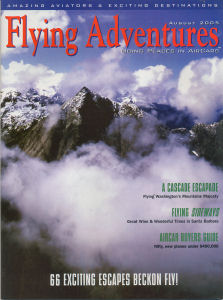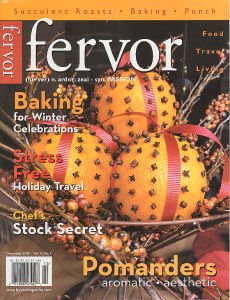THE MAGAZINE OF FANTASY & SCIENCE FICTION: A Proud Heritage

We leave the first month of the year―peppered, surprisingly, by several spring-like days―by noting the arrival in the newsstand of the March issue of The Magazine of Fantasy & Science Fiction. F&SF, as it's known to those who like to save space, is published monthly in Hoboken, NJ. The magazine is the bearer of a proud heritage, having been founded way back in 1949, when the dawning of the Atomic Age also created what many call the golden age of science fiction literature. The multitude of sci-fi books and magazines published in that era, themselves the progeny of the "pulp fiction" of the 1930s and 1940s, were inspired by all the excited talk of impending space travel and the possibilities of science combined with general gloom about the character of humankind in the wake of the barbarity of two world wars. In my teen years (the late 1950s and early 1960s) I fell in love with the books and short stories from masters of science fiction such as Ray Bradbury, Frederick Pohl and Robert Sheckley (who died just last month), especially in the many anthologies of short stories edited by John W. Campbell. The great appeal of science fiction and fantasy writing is that the author is free to invent entire new worlds where even what we consider the laws of science can be ignored, twisted or improved. What better way to comment on human behavior than to create new races of intelligent beings with entirely different sets of behaviors and moral codes? Many of the great names in the genre have published their work in F&SF over the years, including Bradbury, Stephen King and Ursula K. Le Guin. Walter M. Miller's classic A Canticle for Leibowitz first appeared in its pages. Current stars of F&SF include John Morressy and Terry Bisson, and the magazine welcomes new writers. A good place for a reader or writer of science fiction (or of anything else) to visit is the message board on the magazine's Web site. One thread on the message board asks the question that every writer is desperate to learn the answer to: "When do you stop reading something?" The responses are worthy of a semester at the Iowa Writer's Workshop, ranging from clumsy exposition, factual mistakes and ineptly used profanity to pasteboard characters enlisted to promote a "big idea." An annual subscription to The Magazine of Fantasy & Science Fiction (11 issues) is $32.97 from the publisher; you can get a sample copy from us for $2.59.














